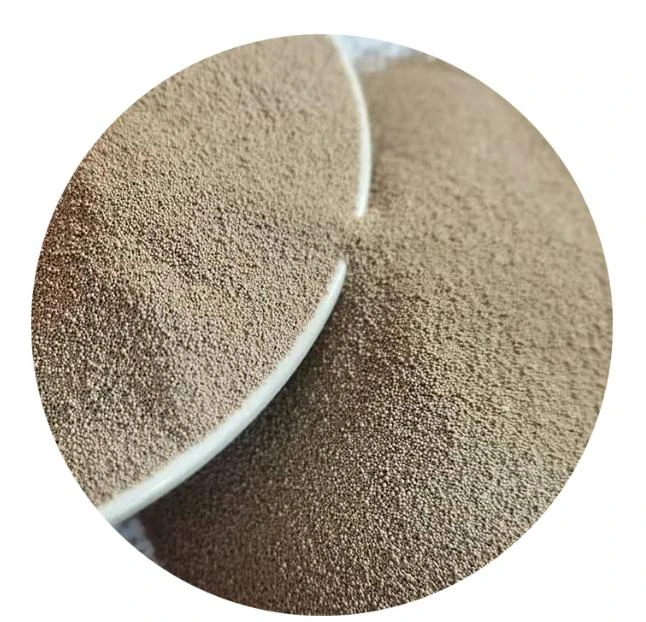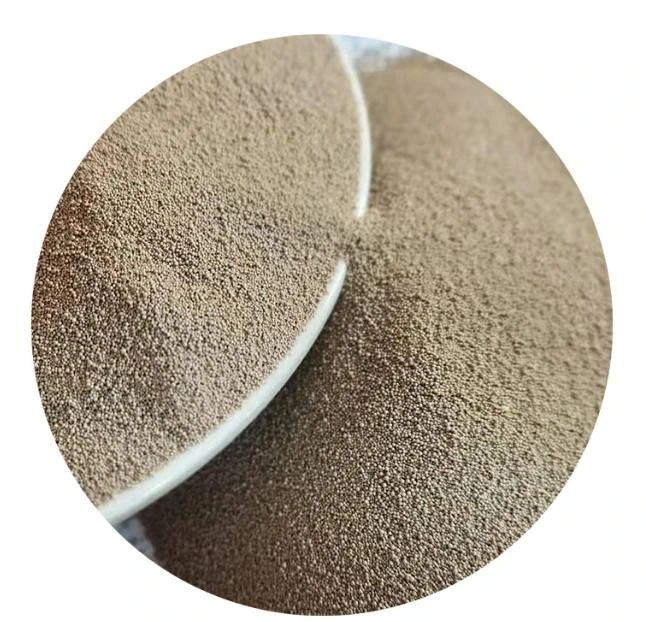

Additionally, consistently wiping the surface with a damp cloth during the sanding process can help control dust dispersion and exposes remaining imperfections that need attention. This practice not only enhances the quality of the handling but also maintains a clear view of the surface. From an authoritative standpoint, those deeply ingrained in the tradition and history of ceramics understand the significant role of patience in the sanding process. Rushing can lead to uneven surfaces or even damage. It is through careful, methodical work that a true artisan's skill is displayed. Trustworthiness in this field is built over time, grounded in the sharing of knowledge, whether through community workshops, online materials, or mentorship. An expert in ceramic sanding earns recognition not just through their craftsmanship but through their dedication to educating others, preserving the nuances of the trade. In conclusion, sanding ceramics is a journey where expertise meets experience. It is a nuanced craft requiring patience, knowledge of materials, appropriate use of tools, and a keen eye for detail. By mastering this skill, one not only ensures the longevity and aesthetic appeal of their ceramic projects but also upholds the tradition of a timeless craft. Through this practice, artisans affirm their authority and trustworthiness in a field that values precision and dedication above all. Post time:Januari . 09, 2025 13:50
Next:Sintered ceramic sand made in China same with Cerabeads AFS 60
